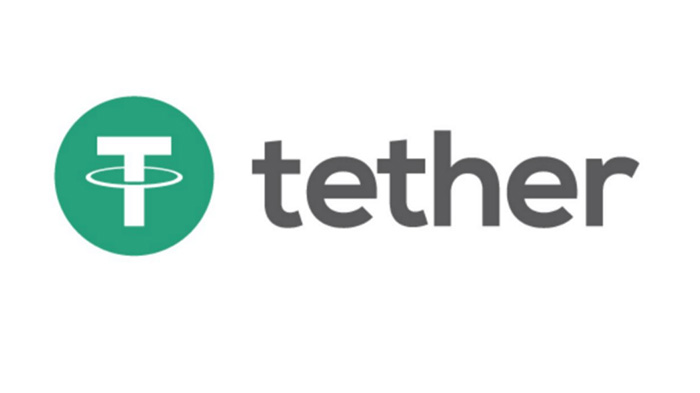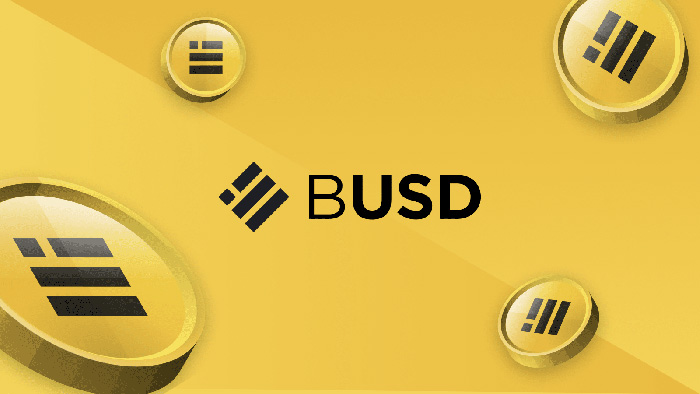The blockchain revolution started with cryptocurrencies. Bitcoin was the first form of new money that used blockchain as the infrastructure. It showed the possibilities we can have by using the new form of money. But there were still many problems with leveraging cryptocurrencies for daily use. Price volatility was one of the biggest ones that caused many mainstream users to stay away from cryptocurrencies. A new form of decentralized money was needed to solve the problem. Stablecoins were introduced as solutions for that challenge. A stablecoin is a form of cryptocurrency that has a pegged value to a source of value like fiat money, another cryptocurrency, or assets like gold and silver.
Stablecoins try to provide price stability. The pegged value makes it somehow impossible for price volatility. As a result, stablecoins provide both benefits we need as mainstream users. A stable price for daily use in payments and transactions, and a decentralized network for better security and censorship resistance.
What is a Stablecoin?
A stablecoin is the best solution for the volatility challenge in cryptocurrencies. Although volatility is one of the best attractions for investors, it keeps away financial institutions and mainstream users from the cryptocurrency ecosystem. Stablecoins tie the value of cryptocurrencies to stable assets. Most stablecoins have pegged value to fiat money – USD and EUR, for example.
To keep the value of stablecoins stable, there should be a reserve to store the supporting asset. For example, for USD pegged stablecoins, there is an equal amount of USD per circulating stablecoins in a reserve account in a traditional bank. Reserving ties the fiat money to the stablecoin cryptocurrency. The reserved money works as collateral for the stablecoin. So, you can redeem your stablecoin for fiat money whenever you want.
As mentioned before, not all stablecoins are pegged to fiat money. There are other types of these cryptocurrencies in the market that have different collateral types. One of the complex types uses other cryptocurrencies as collateral. Some of them use Collateralized Debt Positions (CDPs) as collateral that lock up a user’s crypto as collateral. Maker is the most famous platform to use this method to issue DAI stablecoin.
Another type of stablecoin is called algorithmic stablecoin that is not pegged to any source of value. The issuer team behind these stablecoins burn and create new tokens to keep the coin’s value in a target price range. In simple terms, when the price goes down, some tokens are burnt to increase the scarcity and price of the token. When the price goes up, new tokens are created and distributed to lower the price.
In a nutshell, there are three types of collaterals for stablecoins: Fiat, precious metals, and cryptocurrencies.
The Best-Known Stablecoins
The practical use-case and attractive solutions of stablecoins resulted in massive growth in terms of user-base and also the number of stablecoins available in the market. There are numerous types of stablecoins available to buy and trade in exchanges today. The most popular ones are pegged to the US dollar, but there are many others that use other fiat money or cryptocurrencies as collaterals. Here are the most famous stablecoins:

Tether
Tether (USDT) was launched in 2014 as RealCoin but rebranded that year. It’s one of the most used stablecoins in the cryptocurrency market. Most of the tradings in crypto exchanges are done by using pairs that include USDT. Although Tether has experienced many challenges and controversies in the past years, many users still trust this stablecoin for storing value or trading cryptocurrencies.
One of the most important facts about Tether is that the company behind it (Tether Ltd) doesn’t guarantee any right of redemption or exchange of Tether for real US dollars. As a result, you may not be able to convert your USDT to US dollars.
USDC
USDC or USD Coin was launched in 2018 in a partnership between Circle and Coinbase. USDC is pegged 1:1 to the US dollar. It’s one of the best USD pegged alternatives to Tether. USDC uses ERC-20 smart contracts for issuing and redeeming. USDC holders can change their tokens anytime to USD.
Centre consortium, a partnership between Circle and Coinbase, develops and supports the USDC stablecoin. The consortium guarantees that every USDC token is pegged to a fiat USD.
BUSD

Binance, the leading cryptocurrency exchange in the world, decided to issue a stablecoin to facilitate the exchange with fiat money. Binance USD or BUSD is the stablecoin from the exchange that has the approval of the New York State Department of Financial Services (NYDFS). Binance launched BUSD in a partnership with Paxos. Paxos and Binance sell BUSD on their platforms. Users can buy this token with fiat money and use it for storing value, trading cryptocurrencies, and payments.
DAI
MakerDAO launched DAI as a stablecoin pegged 1:1 to US dollar. The collateral system of DAI is different from Tether and USDC. MakerDAO uses margin trading to respond to price change and keep the DAI price close to 1 dollar. There are many stabilizations in the process to keep control of the price of DAI. Maker uses MKR token, CDP smart contracts, and other methods to keep the price close to 1 dollar.
Terra USD
Terra USD (UST) is the stablecoin of the Terra blockchain. With a total supply of 1.68 billion tokens, ST has a $1.68 billion market cap. Terra Money launched UST in partnership with Bittrex Global in 2020. UST has many other features that make it different than other popular USD-pegged stablecoins. Scalability, yield-bearing, and interchain features are specific to UST.
JST
JUST is a DeFi platform on TRON with many features for launching tokens. JST is the native token of JUST token that is used for paying interests, platform governance, and etc. USDJ is the stablecoin in this platform that is pegged 1:1 to USD.
What is Stablecoin Used For?
As mentioned before, stablecoins are answers to volatility in the cryptocurrency market. In a nutshell, you can send and receive money easier by using stablecoins. Besides, there is no worry about volatility when paying with stablecoins. In some countries that people don’t have access to banking services, they can use stablecoins as cross-border payments easier than fiat money.
Storing value in stable currencies is a financial strategy in many countries. In countries that the value of their native currency decreases over time, buying stable alternatives is very useful when using stablecoins.
Conclusion
Decentralized financial services are great solutions that blockchain technology brought to our lives. Cryptocurrencies are the pillars of the solution but need comprehensive features for every part of society. Volatility in cryptocurrencies results in less attraction for those who need new forms of money for payment and storing value. Stablecoins are great answers to this need and have experienced significant growth in user-base in the last years. We can expect more mainstream users to come to the cryptocurrency ecosystem with the help of stablecoins because these tokens are ready to buy and trade with fiat money and can be a good entrance to the crypto industry.

